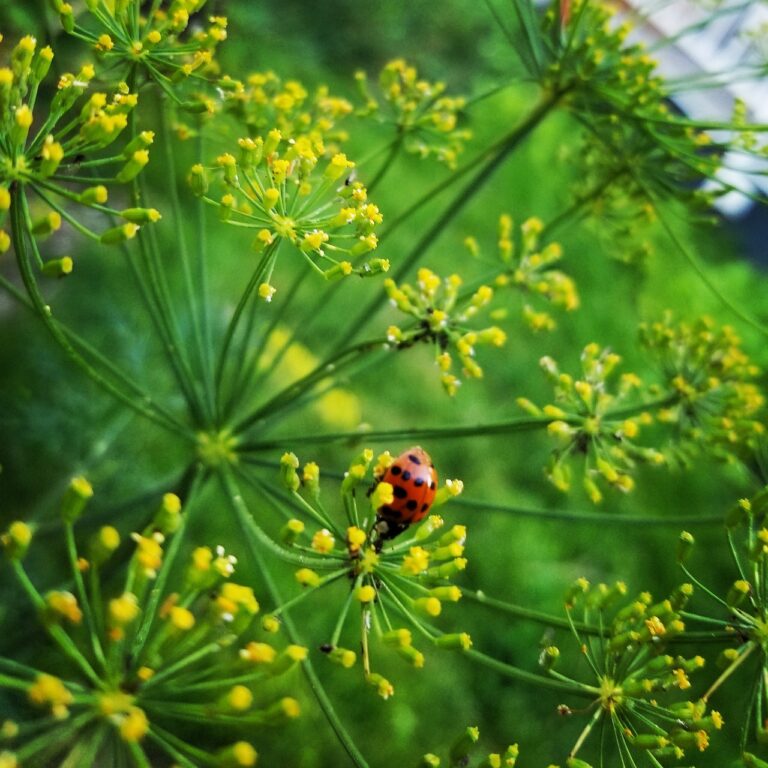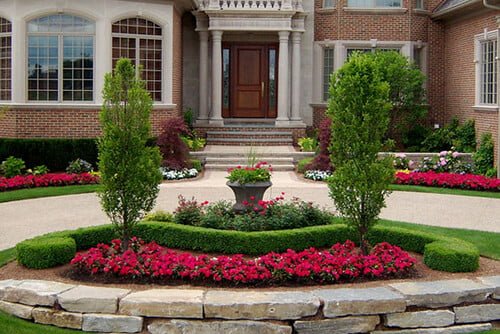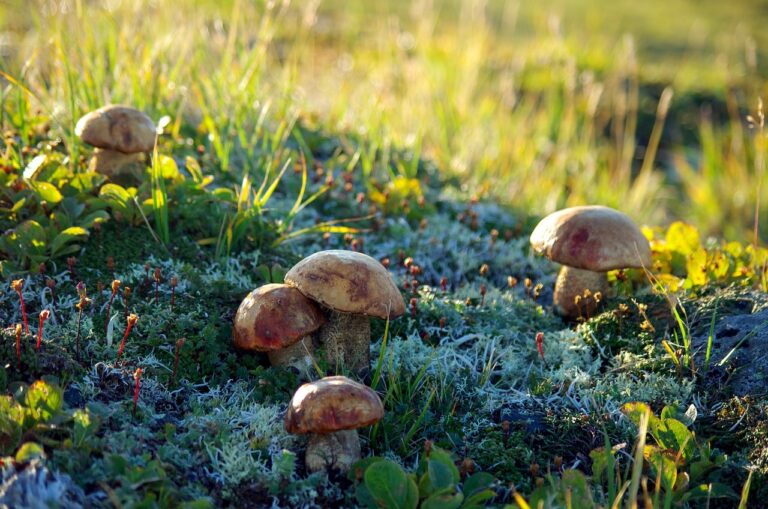Understanding Softscaping: Plant Selection, Flower Beds, and Incorporating Trees and Shrubs
In softscaping, selecting plants tailored to the environment is crucial. This ensures the landscape thrives and looks unified. For striking flower beds, careful selection and placement are necessary. Combine annuals with perennials for continual blooms. Vary plant heights for a well-proportioned appearance. Trees like Oak and Maple provide shade and beauty. Strategically position them for maximum advantages. Shrubs such as Arborvitae offer privacy and texture. Utilize evergreens for year-round coverage. To create a harmonious softscape, mix trees, shrubs, flowers, and plants thoughtfully. Each element contributes depth and interest.
Importance of Plant Selection
Selecting the appropriate plants is a foundational step in softscaping, ensuring that the landscape flourishes harmoniously with the surrounding environment. When considering plant selection for a landscape, it is important to choose species that can thrive in the specific conditions of the site, including factors such as climate, soil quality, and sun exposure. By carefully selecting plants that are well-suited to these factors, the softscape elements of the landscape can not only survive but also prosper, improving the overall visual interest of the outdoor space.
The plants chosen for softscaping play a critical role in the landscape design, contributing to the aesthetic appeal of the environment. Different plants offer varying textures, colors, and forms that can be strategically incorporated to create a visually pleasing arrangement. Additionally, thoughtful plant selection can address environmental concerns such as erosion control, air quality improvement, and wildlife attraction.
Moreover, selecting plants with maintenance requirements that align with the desired level of care is essential for the long-term success of the landscape. By choosing plants that suit the maintenance capabilities of the homeowner or landscape manager, the overall health and beauty of the softscape can be preserved without undue stress or effort. Ultimately, the careful consideration of plant selection in softscaping not only improves the property value but also creates a welcoming and sustainable outdoor environment.
Designing Beautiful Flower Beds
When designing beautiful flower beds, meticulous attention to plant selection and arrangement is essential to creating a visually stunning and harmonious landscape. Flower beds are integral components of landscaping, adding bursts of color and texture to outdoor spaces. To achieve a captivating design, a mix of annual plants and perennials can be strategically combined to make continuous blooms throughout the seasons.
Consideration of plant height is vital when planning a flower bed layout. Taller plants like hollyhocks or foxgloves can be placed at the back to provide a natural backdrop, while shorter plants such as petunias or alyssum can be positioned at the front for a balanced look. This layering effect not only adds depth to the flower bed but also enriches its aesthetic appeal.
Incorporating hardscape structures like decorative stones, bricks, or metal borders can further enhance the beauty of flower beds. These edging materials not only define the boundaries of the bed but also create a polished and organized appearance. Proper integration of hardscape elements with the softscape of flowers can result in a cohesive and visually appealing garden design. By carefully selecting plant varieties, considering plant height, and incorporating hardscape features, one can create stunning flower beds that enrich the overall landscape.
Incorporating Trees for Shade
To improve the functionality and aesthetics of outdoor spaces, the strategic incorporation of shade trees like Oak, Maple, and Ginkgo is a vital and natural solution. These trees not only provide shade but also serve as focal points in landscaping designs. When selecting shade trees for outdoor spaces, it is important to take into account the size of the area, the amount of shade needed, and the overall aesthetic goals.
Incorporating shade trees in outdoor living areas offers numerous benefits. Besides creating a cooler environment that reduces energy costs for cooling, these trees enhance the usability of outdoor spaces by providing comfortable shaded areas for relaxation and social gatherings. Choosing trees with dense foliage ensures maximum shade coverage and visual appeal. Proper placement of shade trees is essential to optimize their benefits and create harmonious outdoor environments.
In landscaping projects, incorporating the right plants such as Oak, Maple, and Ginkgo can transform outdoor living spaces into inviting retreats. These shade trees not only offer relief from the sun’s heat but also contribute to the overall beauty and sustainability of the landscape. By carefully selecting and situating shade trees, one can uplift the outdoor experience and enjoy the natural benefits they provide.
Maximizing Shrubs for Privacy
Utilizing a variety of shrubs, like Arborvitae, Leyland Cypress, and Privet, strategically boosts privacy levels within outdoor landscapes. These shrubs are popular choices for creating privacy screens due to their dense foliage and ability to block views effectively. When planting shrubs for privacy, opting for evergreen varieties guarantees year-round coverage. Evergreen shrubs maintain their lush foliage throughout all seasons, offering continuous seclusion.
To maximize the privacy-boosting benefits of shrubs, it is essential to take into account spacing and pruning. Proper spacing between shrubs allows for optimal growth and coverage, creating a solid privacy barrier. Regular pruning not only keeps the shrubs healthy but also aids in maintaining the desired height and thickness for privacy screens.
Incorporating a variety of shrubs with different heights and textures enriches the aesthetic appeal of privacy screens. Mixing shrubs of varying heights creates a natural-looking barrier that is visually pleasing. Additionally, combining different textures adds depth to the landscape design, making the privacy screen more interesting and attractive.
Creating a Balanced Softscape
In crafting a balanced softscape, the strategic incorporation of trees, shrubs, flowers, and other plants is essential to cultivate a harmonious outdoor environment. To create a cohesive design, it is vital to take into account the interaction between hardscape and softscape elements. Living elements such as trees and shrubs soften the harsh lines of patios or walkways, adding a touch of nature to the landscape.
When adding color to the softscape, the selection of plants should complement each other while providing visual interest throughout the seasons. By carefully choosing a variety of plants with different bloom times, textures, and heights, a dynamic and visually appealing landscape design can be achieved. Trees and shrubs, when strategically placed, can serve as focal points, drawing the eye and creating a sense of balance within the outdoor space.
Moreover, it is essential to understand the life cycles of the plants being used. Ensuring that plants complete their life cycles harmoniously with each other can help maintain the overall balance and health of the softscape. By thoughtfully integrating trees, shrubs, flowers, and other plants, a well-designed softscape can enhance the aesthetic appeal of any outdoor area, creating an inviting and tranquil atmosphere for enjoyment.





